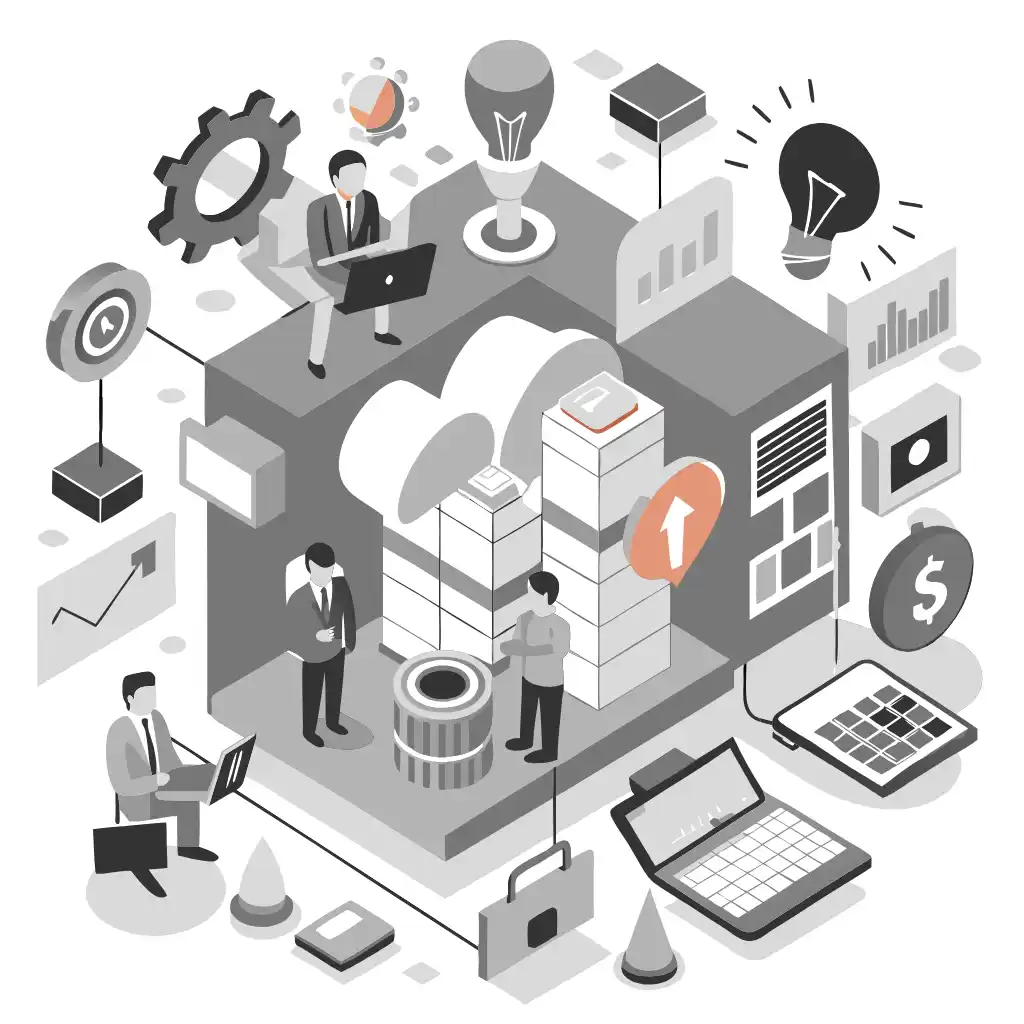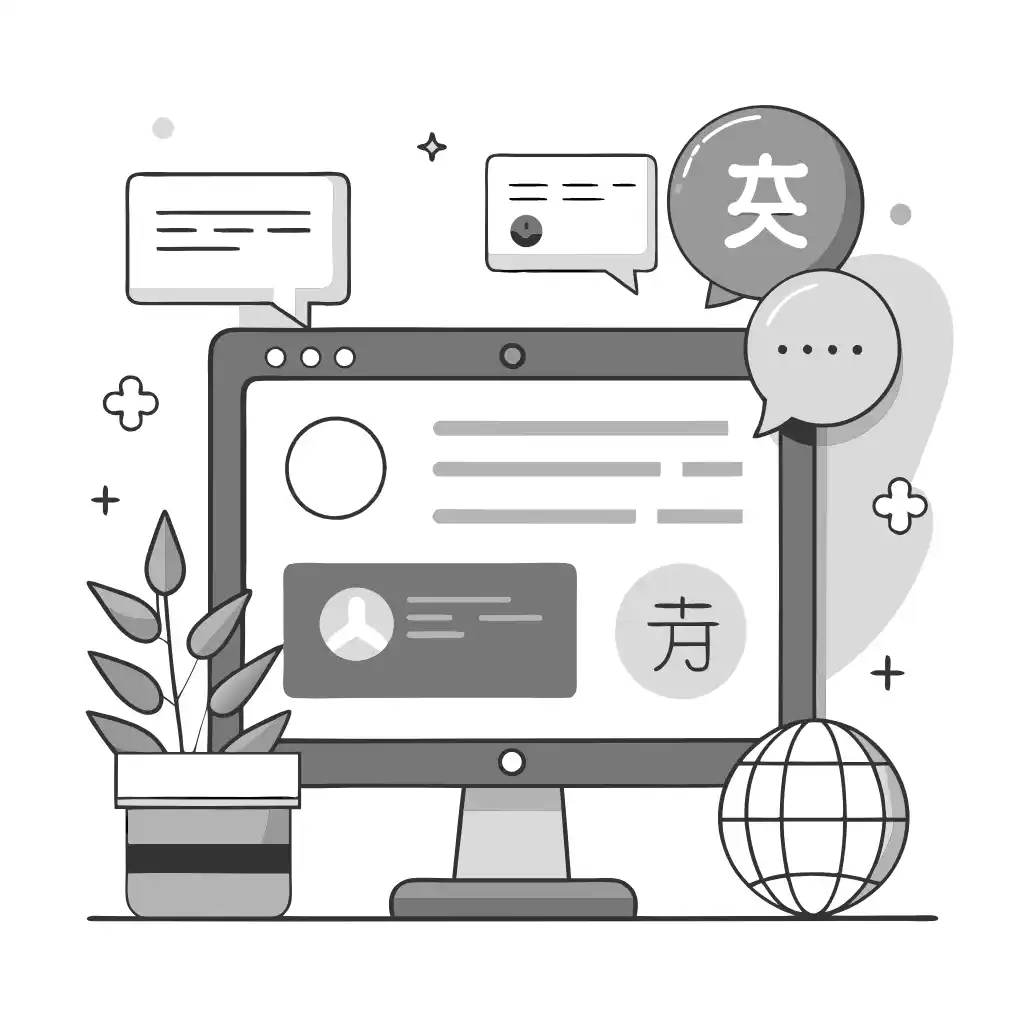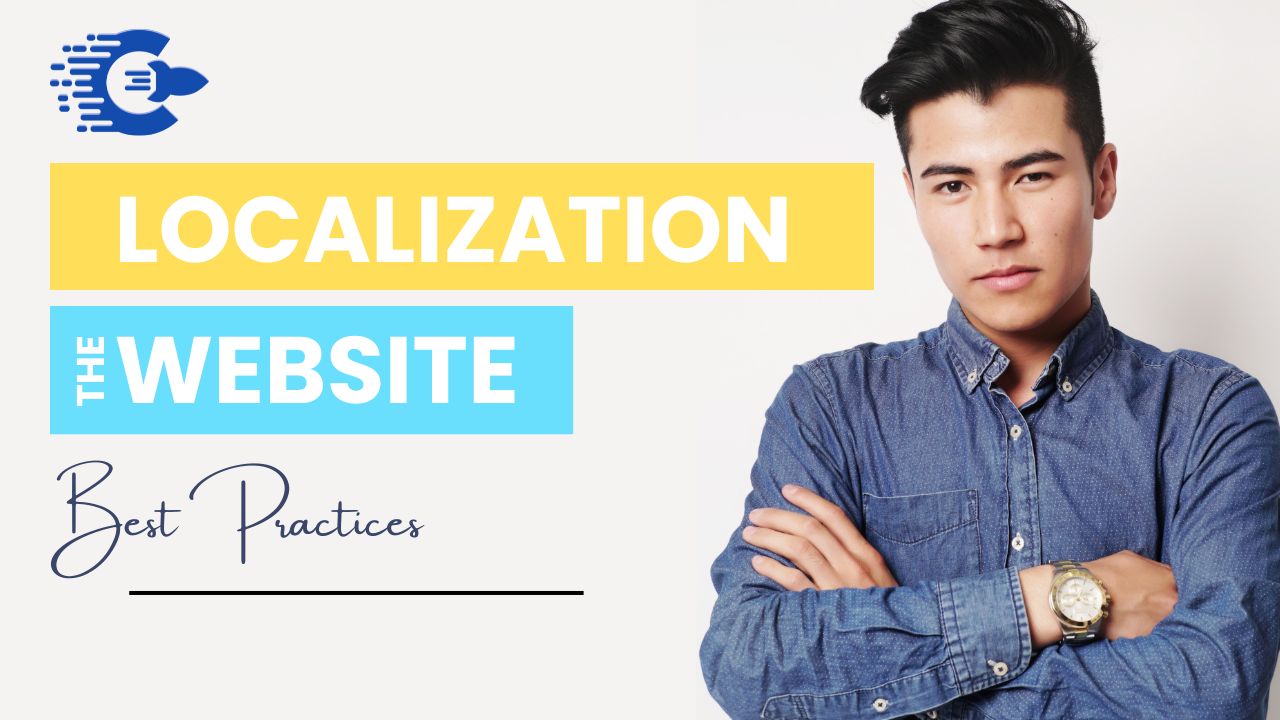Adding Google Translate to Your WordPress Website
Strategies for Creating a Multilingual WordPress Website
In today’s global digital landscape, WordPress websites need to serve audiences worldwide speaking different languages. Research shows over half of online users prefer browsing sites in their native tongue. Localizing your WordPress site opens doors to new markets and customers.
This comprehensive guide explores proven techniques for translating WordPress using automated and human translation. Read on to learn strategies any business can follow to easily adapt their WordPress site for global success.


The Value of a Multilingual WordPress Site
A multilingual website delivers core benefits:
Expanded reach – Tap into lucrative overseas visitor demand by providing localized content. Gain organic traffic.
Higher conversion – Visitors spend more time on sites in their own language. Localized experiences boost engagement and sales.
Future-proofing – The web’s future points toward global pluralism. An English-only site limits growth.
Positive branding – Supporting multiple languages conveys cultural respect and progressive thinking.
With the right solution, creating a translated WordPress site is straightforward yet transformative. It unlocks new global opportunities through better resonating with diverse audiences worldwide.
Choosing the Ideal Translation Approach
When translating a WordPress site, two core options exist – manual human translation or automated machine translation. How do businesses choose?
Manual human translation involves hiring linguists to translate content piecemeal. This ensures high quality but has downsides:
- Very time intensive and expensive at scale
- Difficult to maintain consistency across a large site
- Challenging to keep translations updated as site evolves
- Does not fully leverage site-wide content for context
In contrast, automated machine translation uses advanced AI to translate text instantly at a fraction of the cost. While quality was historically dubious, modern systems like Google Translate have made dramatic advances through neural machine learning.
Machine translation limitations include inaccuracies with complex text, lack of nuanced terminology and improper grammar. However, these gaps can be addressed through hybrid models blending automation with human editing by professionals.


TheIdeal Solution: A Blended Model
The most effective method combines automated machine translation to handle bulk requests with selective professional human translation for key content.
This hybrid approach balances cost, speed and quality. Automation efficiently translates the majority of site content. Human oversight then refines and validates high-value pages to maintain integrity.
Advanced translation platforms make this blended model possible through features like:
- Integration with CMS platforms like WordPress
- API connections to machine translation engines like Google and DeepL to enable automation
- Tools for managing machine translation outputs
- Ability to flag specific pages for human translation
- Services to order professional human translations seamlessly
- Support for collaboration with external translators
- Ongoing translation memory to ensure terminology consistency
The hybrid strategy delivers the best of both worlds. For WordPress sites, platforms like ConveyThis exemplify this blended approach.
Optimizing Translated WordPress Sites for Multilingual SEO
Driving qualified traffic to translated WordPress sites requires proper on-page and technical optimization. Follow these best practices:
- Include localized page titles and meta descriptions to boost rankings in foreign search engines like Baidu or Yandex.
- Adapt content to include relevant keywords and phrases tailored for each language’s search habits and specifics.
- Implement hreflang annotations to indicate alternate language versions of pages for search engine crawling.
- Use subdirectory structures like example.com/es for language versions rather than separate domains.
- Ensure translated URLs follow a consistent structure and pattern to avoid duplicate content issues.
- Verify XML sitemaps contain references to all translated pages to facilitate indexing.
- Add alt text and image captions in each language to describe pictures for local users.
With the right SEO foundations, translated WordPress sites tap their full traffic potential globally.


Top Tips for Launching a New Multilingual WordPress Site
Companies launching new websites gain advantages by planning for multilingual from inception:
- Research which languages your target markets will require for engagement and conversions.
- Budget for professional human translation of at least your main pages in core languages initially.
- Incorporate multilingual SEO best practices in design and development from the outset.
- Use a translation platform with automation capabilities to queue additional lower priority content for machine translation.
- Phase additional language rollouts over time based on traffic and revenue potential.
- Analyze analytics to identify rising visitor demand from specific countries to guide language prioritization.
Building multilingual capabilities upfront reduces long-term costs and scrambling compared to retrofitting translation features into a live site.
Translating Existing WordPress Sites in 5 Steps
Already have a live WordPress site? No problem. Follow these best practices for translating existing content:
- Install a translation plugin like ConveyThis and configure languages.
- Enable automation to machine translate all existing content into desired languages.
- Review machine outputs for errors and refine using built-in editing tools.
- Flag important pages and order professional human translations through the platform.
- Establish SEO optimization and ongoing localization workflows moving forward.
This streamlined process makes translating large pre-existing WordPress sites attainable.


Real-World Examples of Multilingual WordPress Success
Leading brands have leveraged multilingual WordPress translation to boost engagement and sales abroad:
- A Canadian e-commerce company saw a 2X increase in international conversions after launching German and French translated versions of their WooCommerce site.
- An Australian B2B startup reduced Finnish translation costs by over 80% by blending machine translation with professional editing vs outsourcing the entire site.
- A UK fashion retailer increased Spanish and Italian website visits by over 90% after localizing their WordPress site content into those languages.
- A US software company shortened the time needed to translate new help center articles and documentation in 8 languages from 20 hours per week to just 5 by implementing automation.
The proof is clear. With the proper strategy and solutions, creating a multilingual WordPress website delivers tangible global growth and revenue.
Overcoming Common Translation Challenges
Despite the benefits, companies may encounter obstacles around multilingual WordPress execution:
Cost: Budget constraints may limit translation volumes. Optimize spending through automation blending.
Resources: Lean teams may struggle to manage large translation projects across many languages without draining focus. Look for outsourcing support.
Quality: Balancing cost and quality across both machine and human translation requires diligence. Use validation workflows.
Maintenance: Keeping translated content in sync amid ongoing WordPress changes takes discipline. Translation management tools help.
With the right approach and partners, these hurdles are surmountable for organizations of all sizes and budgets.


The Future of Multilingual Experiences
While already viable today, machine translation technology will continue advancing through research and data growth to handle more languages with greater nuance.
At the same time, global digital adoption is rising quickly, especially on mobile devices. This expands addressable worldwide audiences.
As a result, successfully launching and operating multilingual websites will only increase in strategic necessity and complexity. Having robust multilingual capabilities and processes will emerge as a core competitive advantage.
Proactively developing expertise around multilingual websites – both across technology and human collaboration – is a wise investment in future capabilities.
Conclusion
Creating a multilingual website is a proven pathway to unlocking new global opportunities. For WordPress sites, modern translation solutions make the process achievable for organizations of all sizes and resources.
With the right strategy combining automation and human expertise, any business can cost-effectively localize their online presence for international engagement and revenue growth.
Companies who embrace website translation position themselves for long-term impact and leadership in our increasingly interconnected world. The time to develop global digital capabilities is now.
Let me know if you need any clarification or would like me to modify this guide and overview of translating WordPress sites in any way. I’m happy to provide additional details as needed.

Translation, far more than just knowing languages, is a complex process.
By following our tips and using ConveyThis , your translated pages will resonate with your audience, feeling native to the target language.
While it demands effort, the result is rewarding. If you’re translating a website, ConveyThis can save you hours with automated machine translation.
Try ConveyThis free for 3 days!
 No card details
No card details



